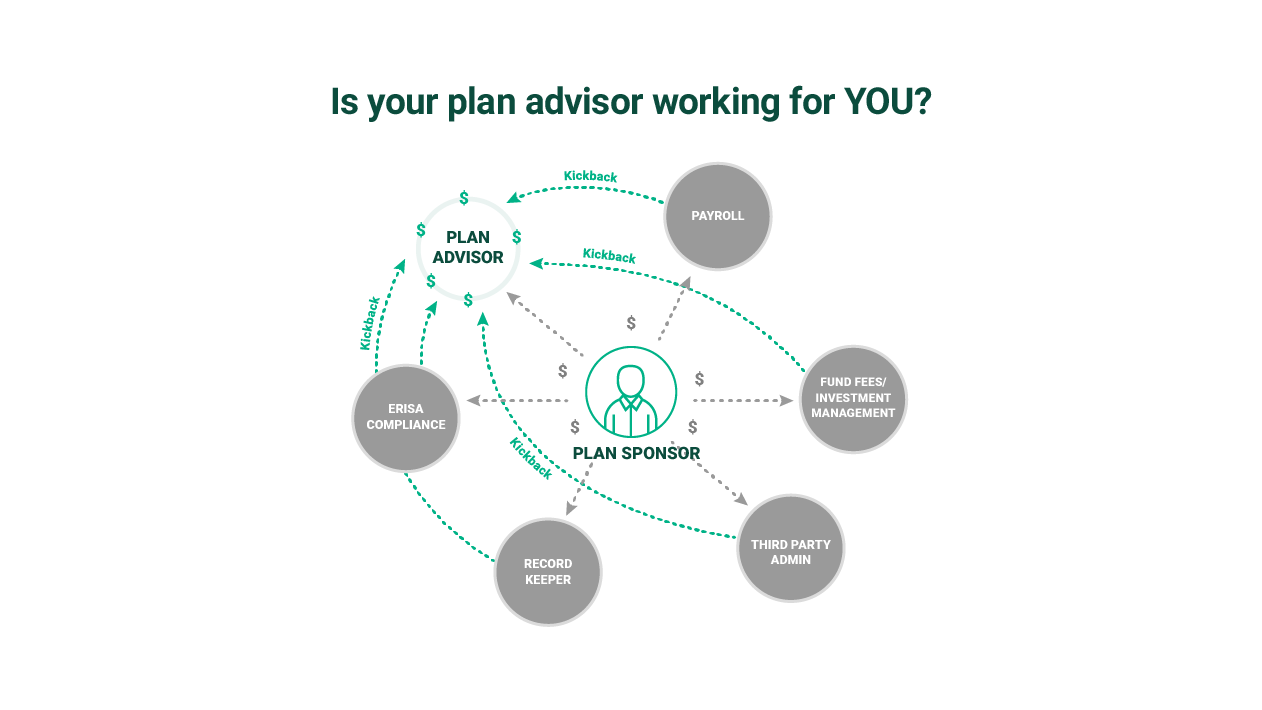Business 401(k) Services / Plan Administration
What is a 401(k) Vesting Schedule?
If your small business offers a matching contribution, profit sharing plan, or other employer contribution benefit to your employees, you may consider setting up—or you might already be utilizing—what’s known as a “vesting” schedule. When it comes to 401(k) plans, a vesting schedule determines when contributions made by an employer will be fully owned by the employee. Until an employee is considered “fully vested,” they don’t own the money that an employer has contributed.
In any 401(k) plan, there will be set of rules in place for who can participate and how long they have to wait in order to participate. For example, your plan may allow new employees to sign up for the plan right away. Others may require a waiting period of 30 days or more. Your plan may also require employees to work a certain amount of hours to participate, or it may only allow full-time employees. Additionally, employers are only required to allow employees over 21 years of age to participate in the company plan, though employees are legally able to participate from age 14 on.
In order to give a quick answer to any question you receive about eligibility from your employees, ask your 401(k) provider to highlight this section of your plan document so you can have your plan’s specific requirements on hand anytime.
Why Add A Vesting Schedule?
Businesses do this for a variety of reasons, including as a way to encourage employee retention. Depending on how the vesting schedule is setup, if an employee leaves a business before they’ve become fully vested, those funds stay with the company. This applies only to the funds that an employer contributes—the employee’s contributions always belong to them because it’s their money.
Choose The 401(k) Vesting Schedule That Works Best For Your Business
Businesses that offer generous retirement benefits or match contributions in other ways might not be eager to simply give that money to their employees on day one—some employers elect to create a set schedule for when those benefits or contributions are made available. There are three main types of vesting schedules.
- Immediate vesting. The employee is eligible for 100% ownership of their employer’s matching contributions as soon as they are eligible to participate in their 401(k) plan.
- Cliff vesting. The employee is eligible for all of the benefits they’re entitled to after they’ve crossed a specific time threshold—two or three years into employment, perhaps. Once that day comes, they’ll have 100% ownership of the money their employer has been contributing. If the employee leaves or is terminated prior to that date, they are entitled to nothing from the employer.
- Graded vesting. The employee earns gradual ownership of an employer contribution. This might occur at a rate of 20% per year until, at the five-year mark, the employee gains 100% ownership of the contributions. So if an employee leaves two years into a five-year vesting schedule, and the schedule is 20% ownership per year, they’ll have only 40% ownership of that benefit. Graded vesting schedules are capped at six years, by federal law.
Vesting schedules are just one option that your business can use with your employee 401(k) plan, and how you choose to implement one should be based on your business needs.
And although a vesting schedule can help your business retain employees, an onerous vesting schedule can hurt your business’s attractiveness if competing employers don’t use one. But ultimately, there is no right or wrong use of a vesting schedule; as of 2015, a little more than 40% of companies offered immediate vesting for matching contributions.1
1http://www.401khelpcenter.com/benchmarking_2.html#.V_Ko59JTGUl

See our Business 401(k) Insights
Resources and articles to help your business with retirement plan support, optimization and administration.






